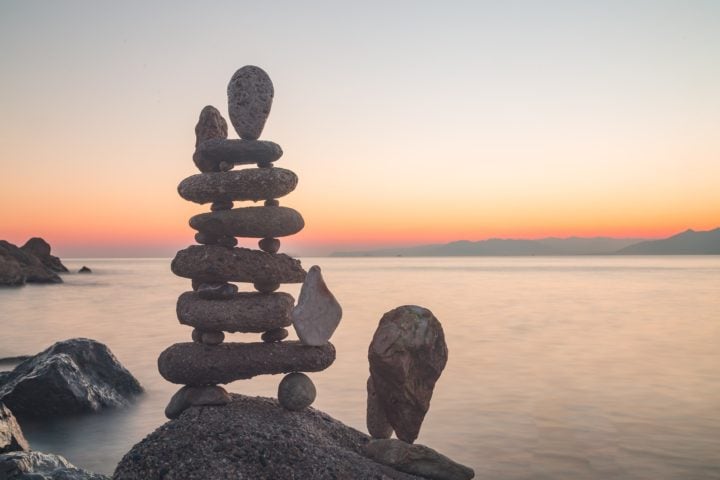Scientists are developing an experiment to test whether gravity is quantum – one of the deepest questions about our universe.

Gravity – illustrative photo. Image credit: Pixabay (Free Pixabay license)
General relativity and quantum mechanics are the two most fundamental descriptions of nature we have. General relativity explains gravity on large scales while quantum mechanics explains the behaviour of atoms and molecules.
Arguably the most important unsolved problem in fundamental physics is the correct way to bring these two theories together – to determine whether gravity operates on a quantum level. While theoretical work has proposed many possibilities, experiments are needed to fully understand the behaviour of gravity.
For a hundred years experiments on the quantum nature of gravity seemed out of reach, but now scientists based at the Universities of Warwick, UCL, Yale (USA), Northwestern (USA), and Groningen (Holland) will work together to investigate this conundrum.
Their new idea is to levitate two microdiamonds in vacuum and put each into a quantum superposition of being in two places at the same time. This counterintuitive behaviour is a fundamental feature of quantum mechanics.
Each diamond can be thought of as a smaller version of Schrödinger’s cat. Principal Investigator Professor Gavin Morley, Department of Physics, University of Warwick, explains: “Schrödinger’s cat is a thought experiment pointing out that it would be really weird if everyday objects (and pets!) could be in a quantum superposition of being in two places at once. We want to test the limits of this idea.
“Atoms and molecules have been successfully put into such a superposition state, but we want to do this with much larger objects. Our diamonds are made up of one billion atoms or more. To test the quantum nature of gravity, we would look for interactions between two such diamonds due to gravity.
“If gravity is quantum, then it would be able to entangle the two diamonds. Entanglement is a unique quantum effect where two things are linked more strongly than is possible in our everyday life. For example, if two coins could be entangled then you might find that whenever you flip them, they both land the same way up even if it’s impossible to know in advance if they will both be heads or both tails.”
There are still many challenges to realizing this idea, which the team will investigate during the project. “For example, we need to eliminate all interactions between the nanoparticles other than gravity, which is incredibly challenging since gravity is so weak,” says Dr David Moore, of Yale University.
Professor Morley, who is the founding director of Warwick Quantum, a new interdisciplinary initiative for Quantum Technology research, added: “For me, the most important problem in physics right now is to develop an experiment that can test the quantum nature of gravity. This new project is an acceleration in our exciting journey towards this.
Professor Sougato Bose, UCL, commented “It is hard to overstate how significant it would be for physicists to have experiments that could probe the correct way to combine quantum mechanics and general relativity. People working on theories of quantum gravity such as string theory typically focus on what’s happening at high energies, near black holes and at the big bang.
“In contrast, our work is in the low-energy regime right here on Earth, but it would also provide invaluable information about whether gravity is quantum. Also the experiment can be regarded as the verification of a generic prediction of any quantum theory of gravity at low energies.”
Professor Anupam Mazumdar, University of Groningen, adds “On the way to understanding the quantum nature of gravity, we may be able to test other aspects of fundamental physics such as exotic deviations from Newtonian gravity as short distances.”
“This is a challenging experiment, and this project is a pathfinder to address some of the key technical challenges to make these tests of quantum aspects of gravity a reality”, says Andrew Geraci, Associate Professor of Physics, Northwestern University.
The project is called ‘MAST-QG: Macroscopic superpositions towards witnessing the quantum nature of gravity’.
Source: University of Warwick

